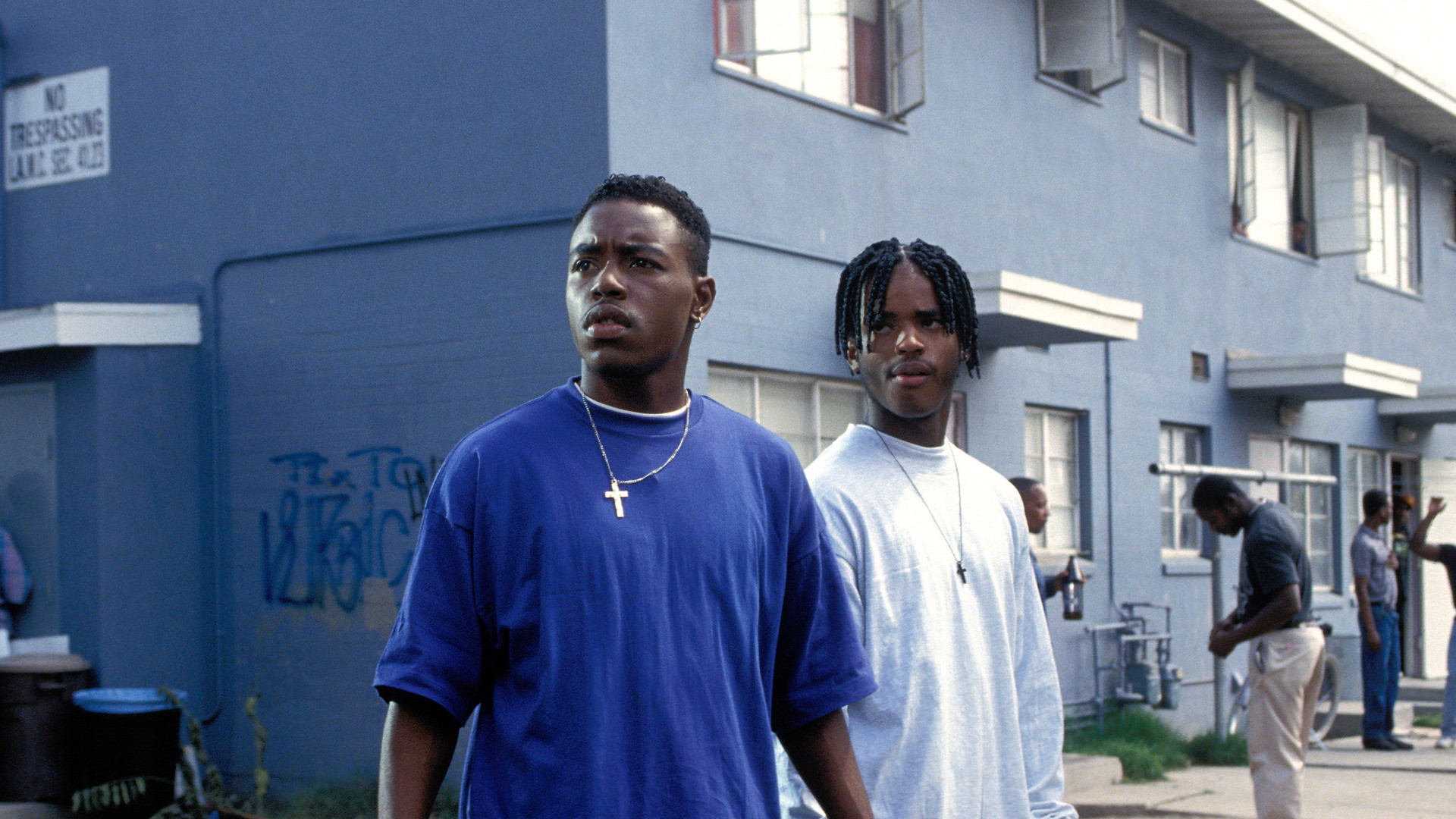Sting: Harmless, by Tyler Smith

I’m terrified of spiders. And so are you. Everybody is. Those who say they are not are either liars or not paying close enough attention. Spiders are monsters. As proof, we need only look at the horror genre. Whether big or small, spiders are depicted as lethal, ravenous and relentless. Many of the scariest movies feature spiders feasting on humans. Many of my own worst nightmares are centered around spiders, more often than not ending in me screaming myself awake. Truly there is nothing that petrifies me more than spiders. So when I say that Kiah Roache-Turner‘s Sting, about a massive spider loose in an apartment building, never really frightened me, it is a particularly damning indictment.
That I never found the film scary is especially unfortunate as the rest of the film is well written and wonderfully acted, with camerawork that capably creates a tone of dread. At its core, the story is about familial bonds forged through adversity. Young Charlotte (Alyla Browne) is on good terms with her well-meaning stepfather, Ethan (Ryan Corr), but she insists on keeping him at arm’s length. In fact, the only real friend she has is a small spider that she catches and keeps as a pet. Naming him Sting, Charlotte feeds him a steady diet of bugs, choosing to ignore the unsettling fact that he is getting bigger and bigger. Soon enough, pets in the building start to go missing and it is not long before the human residents are in danger as well.
Like so many other spider-based horror films, Sting brings with it a dark sense of humor. While we are invested in the central relationship, secondary characters–and, indeed, the larger story itself–are treated with a tongue-in-cheek absurdity that makes the film largely enjoyable to watch.
With all of the action taking place in one building, the film is appropriately claustrophobic. Whether characters are crawling through the air vents or sitting in their apartments having dinner, we consistently feel like everything is closing in around them and us. This, combined with dark shadows, sickly colors and uncomfortable production design create a tone of creeping paranoia. Truly, this setting feels like a place where vermin can not only survive but thrive.
And this is where Sting begins to frustrate me. For some reason, the spider is never truly frightening. Perhaps it’s that Sting is a product of CGI, although that did not stop Shelob from being terrifying in Lord of the Rings. Perhaps it’s Sting’s lack of personality, as strange as that might sound. In the more successful creature features, the monster usually has a strong screen presence, if not a legitimately devilish attitude. While it may seem odd to talk about an animal this way, I will invoke Steven Spielberg‘s Jaws as an example of a deadly animal with a flair for the dramatic. Even the real spiders in Arachnophobia seemed to take a morbid glee in their killing.
So instead of feeling like a horror movie, Sting presents itself more as an effective comedy-drama with occasional giant spider attacks. I suppose it could be worse; the film could have no engaging elements and be just another boring, would-be scary movie. As it is, there are plenty of things to recommend about this film. But, sadly, a genuine sense of fear is not one of them. And if a movie centered around the world’s most evil animal failing to frighten the audience can’t be considered a disappointment, I don’t know what can.






























